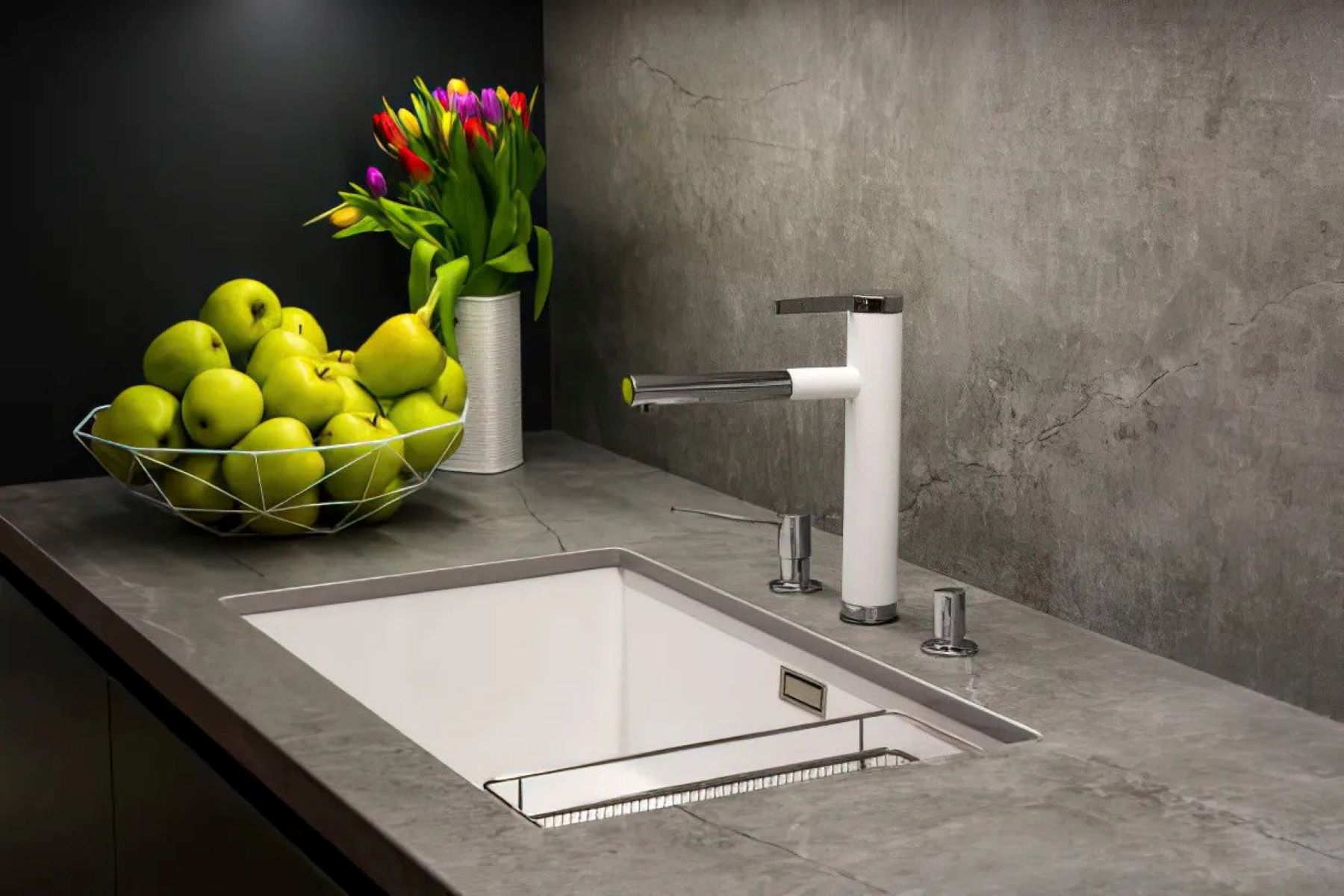

Articles
How To Get Stains Out Of Concrete Countertops
Modified: December 7, 2023
Learn the best techniques and products to effectively remove stains from your concrete countertops with our informative articles. Get your countertops looking like new again!
(Many of the links in this article redirect to a specific reviewed product. Your purchase of these products through affiliate links helps to generate commission for Storables.com, at no extra cost. Learn more)
Introduction
Concrete countertops have become a popular choice for homeowners looking to create a modern and industrial aesthetic in their kitchens and bathrooms. Not only are they durable and customizable, but they also offer a unique and sleek look that can elevate the overall design of a space.
However, one common concern that homeowners face with concrete countertops is dealing with stains. Whether it’s from coffee spills, food splatters, or even harsh chemicals, stains can be stubborn and unsightly on these surfaces. Fortunately, there are effective ways to remove stains from concrete countertops without causing damage or compromising the integrity of the material.
In this article, we will guide you through the process of getting stains out of concrete countertops, from assessing the stain to preventing future stains. By following these practical steps, you’ll be able to maintain the pristine appearance of your concrete countertops and keep them looking as good as new.
Key Takeaways:
- Say goodbye to stubborn stains on concrete countertops by assessing, preparing, applying, and scrubbing with care. Thorough rinsing and drying are key, and don’t be afraid to repeat the process if necessary.
- Prevent future stains by sealing, using protective tools, wiping spills promptly, and being mindful of chemicals. Regular cleaning and maintenance will keep your concrete countertops looking pristine for years to come.
Read more: How To Get Stains Off The Countertops
Assessing the Stain
Before diving into the stain removal process, it’s essential to assess the type and severity of the stain on your concrete countertops. Different stains may require different cleaning solutions and techniques, so taking the time to identify the stain is crucial.
Start by inspecting the stain closely and determine its source. Is it a food stain, a beverage spill, or perhaps a chemical residue? Understanding the nature of the stain will help you choose the most appropriate cleaning method.
If the stain is fresh, you can try blotting it with a clean cloth or paper towel to absorb as much of the stain as possible. Avoid rubbing the stain, as this can spread it further. For dried or stubborn stains, you may need to use a more aggressive cleaning approach.
Additionally, it’s important to assess the severity of the stain. Is it a surface stain that hasn’t deeply penetrated the concrete, or has it seeped into the porous material? Surface stains are generally easier to remove, while deep-set stains may require more extensive cleaning methods.
Keep in mind that some stains, particularly those caused by harsh chemicals or dyes, may leave behind discoloration even after the stain itself is removed. In such cases, additional steps may be needed to restore the color and appearance of the concrete countertop.
By properly assessing the stain, you can determine the most effective approach to remove it and minimize the risk of causing further damage to your concrete countertops.
Preparing the Cleaning Solution
Once you have assessed the stain on your concrete countertop, it’s time to prepare a suitable cleaning solution. There are several options to choose from, depending on the type of stain and the materials you have on hand.
A common and effective cleaning solution for general stains is a mixture of warm water and mild dish soap. Simply fill a bucket or spray bottle with warm water and add a few drops of dish soap. Stir or shake the mixture gently to create a soapy solution.
For more stubborn stains, you may need to use a stronger solution. One option is to create a paste using baking soda and water. Mix enough baking soda with water to form a thick paste consistency. This paste can be applied directly to the stain and left to sit for a few minutes before scrubbing.
If you are dealing with oil-based stains, such as grease or cooking oils, an effective cleaning solution is to use a degreaser. You can find specific degreasers designed for concrete surfaces at your local hardware store or home improvement center. Follow the instructions on the product label to prepare the solution.
It’s important to avoid using harsh or abrasive cleaners that can damage the concrete surface. Additionally, avoid using bleach or acidic substances, as they can stain or etch the concrete.
Remember to always test the cleaning solution on a small, inconspicuous area of the countertop before applying it to the stain. This will help ensure that the solution does not cause any adverse reactions or discoloration.
By preparing the appropriate cleaning solution, you’ll be ready to tackle the stain on your concrete countertop effectively and safely.
Applying the Cleaning Solution
With the cleaning solution prepared, it’s time to apply it to the stain on your concrete countertop. The method you use will depend on the size and location of the stain.
If the stain covers a large area, you can start by generously spraying or pouring the cleaning solution directly onto the stained area. Ensure that the entire stain is covered with the solution. Allow it to sit for a few minutes to penetrate and loosen the stain.
For smaller or more localized stains, you can apply the cleaning solution using a clean cloth or sponge. Dip the cloth or sponge into the solution and gently dab it onto the stain, ensuring that the area is thoroughly soaked.
Regardless of the size of the stain, it’s important to let the cleaning solution work its magic. Give it some time to break down the stain and lift it from the surface of the concrete. This might take a few minutes or up to half an hour, depending on the severity of the stain.
During this waiting period, avoid letting the cleaning solution dry on the countertop. If necessary, periodically mist the stained area with more solution to keep it damp. This will help prevent the solution from evaporating and allow it to continue working on the stain.
While the cleaning solution is doing its job, it’s a good idea to gather the necessary tools for the next step – scrubbing the stain. Grab a scrub brush with stiff bristles or a non-abrasive sponge that can effectively scrub away the stain without damaging the concrete surface.
By properly applying the cleaning solution and allowing it time to penetrate, you’re setting the stage for effective stain removal from your concrete countertop.
Scrubbing the Stain
After the cleaning solution has had time to work on the stain, it’s time to start scrubbing. This step requires some elbow grease and the right tools to effectively remove the stain from your concrete countertop.
Begin by taking your scrub brush or non-abrasive sponge and gently scrubbing the stained area. Use circular motions and apply moderate pressure to lift the stain from the surface. Be careful not to scrub too aggressively, as this can damage the concrete.
If you’re dealing with a stubborn or deep-set stain, you can try agitating the area by using back-and-forth or side-to-side motions. This can help break up the stain and make it easier to remove.
As you scrub, periodically rinse your scrub brush or sponge in clean water to remove any loosened debris or residue. This will prevent the stain from being spread around and ensure a more effective cleaning process.
For tough stains that are not easily removed, you may need to apply additional cleaning solution and give it more time to work before continuing to scrub. Remember to keep the stained area moist to prevent the cleaning solution from drying out.
Continue the scrubbing process until you see the desired results. Depending on the type and severity of the stain, it may take some time and multiple rounds of scrubbing to completely remove it from the concrete countertop.
Be patient and persistent, but also be cautious not to overdo it. If you’re not making progress or the stain appears to be resistant, it may be time to consider professional assistance or alternative stain removal methods.
By scrubbing the stain with the appropriate tools and techniques, you’re well on your way to achieving a stain-free concrete countertop.
Use a mixture of baking soda and hydrogen peroxide to create a paste. Apply it to the stained area, let it sit for 30 minutes, then scrub with a brush and rinse. Repeat if necessary.
Read more: How To Get Stains Out Of A Blanket
Rinsing and Drying the Countertop
Once you have successfully scrubbed the stain from your concrete countertop, it’s time to thoroughly rinse away the cleaning solution and any residual debris. This step will ensure that your countertop is clean and free from any leftover cleaning agents.
Start by using a clean sponge or cloth dampened with warm water to gently wipe away the cleaning solution from the surface of the countertop. Rinse the sponge or cloth frequently to remove any remaining residue. Pay extra attention to the area where the stain was located, ensuring that all traces of the cleaning solution are removed.
Next, fill a bucket with clean water and use it to rinse the entire countertop. You can either pour water directly onto the countertop or use a clean sponge or cloth to sponge the water onto the surface. Continue rinsing until you no longer see any soapy residue on the countertop.
Once the countertop is thoroughly rinsed, use a clean, dry cloth or towel to soak up any excess water. Gently pat or wipe the surface to ensure it’s completely dry. Leaving the countertop wet can lead to water spots or streaks, which can be unsightly.
Air drying can also be effective, especially if you have good airflow in your kitchen or bathroom. Simply leave the countertop to air dry naturally, ensuring that no moisture is trapped in any crevices or corners.
It’s important to note that concrete countertops are porous and can absorb liquids if not properly sealed. Therefore, it’s crucial to ensure the countertop is completely dry before proceeding to the next step.
By thoroughly rinsing and drying the countertop, you’re not only removing any remaining cleaning solution but also restoring its natural look and feel.
Repeat if Necessary
In some cases, stubborn stains may require multiple rounds of cleaning to achieve the desired results. If you notice that the stain is not completely removed after the initial cleaning process, don’t be discouraged. It’s time to repeat the stain removal steps.
Start by reassessing the stain to determine its current state. If it appears lighter or fainter but still noticeable, it’s a sign that progress has been made. In this case, you can proceed with another round of cleaning using the same methods and cleaning solutions.
If the stain remains unchanged or only slightly improved, you may need to adjust your approach. Consider using a stronger cleaning solution, such as a commercial stain remover specifically designed for concrete surfaces. Be sure to follow the manufacturer’s instructions and test the product on a small, inconspicuous area first to ensure compatibility.
For particularly stubborn stains, you may need to let the cleaning solution sit on the stain for a longer period before scrubbing. Allow extra time for the solution to penetrate and break down the stain. You can also apply the cleaning solution more liberally and agitate the stain with a brush or sponge.
Repeat the scrubbing and rinsing process until the stain is completely removed or until you achieve satisfactory results. Be patient and persistent, as some stains may require several attempts to fully eliminate.
However, it’s important to exercise caution during the repeat process. Avoid aggressive scrubbing or the use of harsh chemicals, as this can damage the concrete surface. Take breaks between cleaning sessions to allow the countertop to dry and assess the progress before proceeding.
By being diligent and repeating the stain removal steps as needed, you’ll increase the chances of effectively removing even the most stubborn stains from your concrete countertop.
Preventing Future Stains
Now that you’ve successfully removed stains from your concrete countertop, it’s important to take proactive measures to prevent them from occurring again in the future. By implementing preventive strategies, you can keep your countertop in pristine condition and minimize the need for frequent stain removal.
Here are some tips to help you prevent future stains on your concrete countertop:
1. Seal the countertop: Applying a high-quality sealant can help protect the surface of your concrete countertops from stains. Sealing creates a barrier that prevents liquids and other substances from penetrating the surface and causing stains. Follow the manufacturer’s instructions for sealant application and reapply as necessary.
2. Use cutting boards and trivets: To avoid direct contact between food, hot pots, or sharp objects with your countertop, always use cutting boards and trivets. This not only protects the countertop from potential stains but also prevents scratches and damage to the surface.
3. Wipe up spills immediately: Accidents happen, but the key is to act quickly. Clean up any spills or splatters as soon as they occur. Promptly wipe the affected area with a damp cloth or sponge to prevent the liquid from seeping into the concrete and causing a stain.
4. Use coasters and placemats: When placing beverages or hot dishes on your concrete countertop, use coasters and placemats to protect the surface. This prevents condensation or heat transfer from potentially leaving marks or discoloration on the countertop.
5. Be mindful of chemicals: Avoid exposing your concrete countertop to strong chemicals, such as bleach, acidic cleaners, or abrasive substances. These can damage the surface and cause stains or discoloration. Instead, use mild, pH-neutral cleaners specifically designed for concrete surfaces when cleaning and maintaining your countertop.
6. Regular cleaning and maintenance: Establish a routine for cleaning and maintaining your concrete countertop. Regularly wipe down the surface with a gentle cleaner and warm water to remove any dirt or debris. This helps prevent buildup that can potentially lead to staining.
By following these preventive measures, you can reduce the risk of future stains and keep your concrete countertop looking beautiful and pristine for years to come.
Conclusion
Removing stains from concrete countertops doesn’t have to be a daunting task. With the right approach and a little bit of effort, you can restore the beauty and cleanliness of your counters. By assessing the stain, preparing the proper cleaning solution, applying it effectively, scrubbing with care, and rinsing and drying the countertop meticulously, you can eliminate stubborn stains and achieve excellent results.
Remember, prevention is key to maintaining the pristine appearance of your concrete countertop. Take proactive steps to prevent future stains by sealing the countertop, using cutting boards and trivets, wiping up spills promptly, using coasters and placemats, being mindful of chemicals, and implementing regular cleaning and maintenance routines.
Keep in mind that each concrete countertop may have unique characteristics and requirements. It’s important to consult the manufacturer’s guidelines or seek professional advice if you have specific concerns or questions about stain removal and maintenance.
By staying vigilant and taking the necessary care, you can preserve the beauty and longevity of your concrete countertops, ensuring they remain a stunning focal point in your kitchen or bathroom for years to come.
So go ahead, tackle those stains, and enjoy the beauty of your clean and stain-free concrete countertops!
Frequently Asked Questions about How To Get Stains Out Of Concrete Countertops
Was this page helpful?
At Storables.com, we guarantee accurate and reliable information. Our content, validated by Expert Board Contributors, is crafted following stringent Editorial Policies. We're committed to providing you with well-researched, expert-backed insights for all your informational needs.

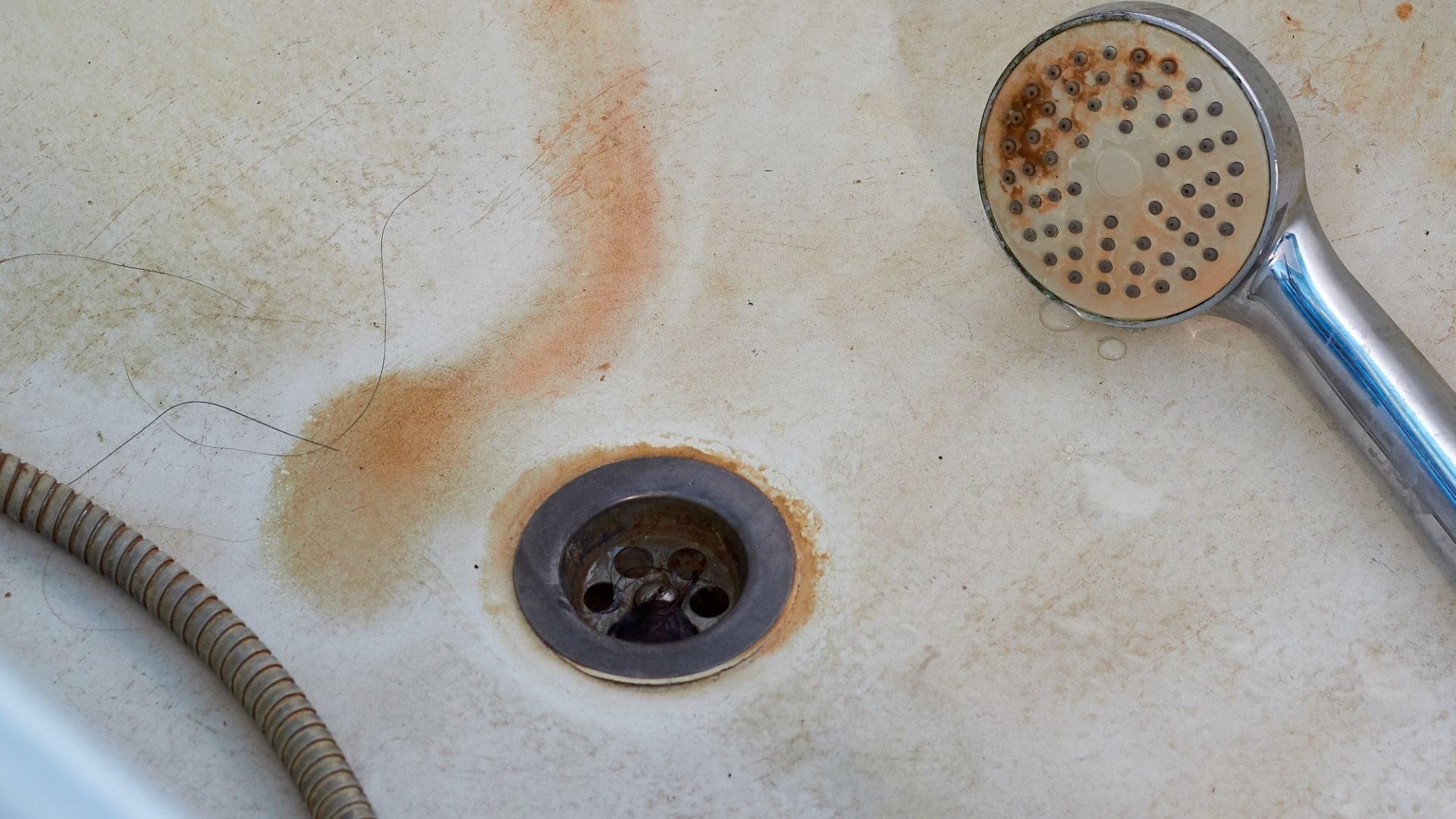
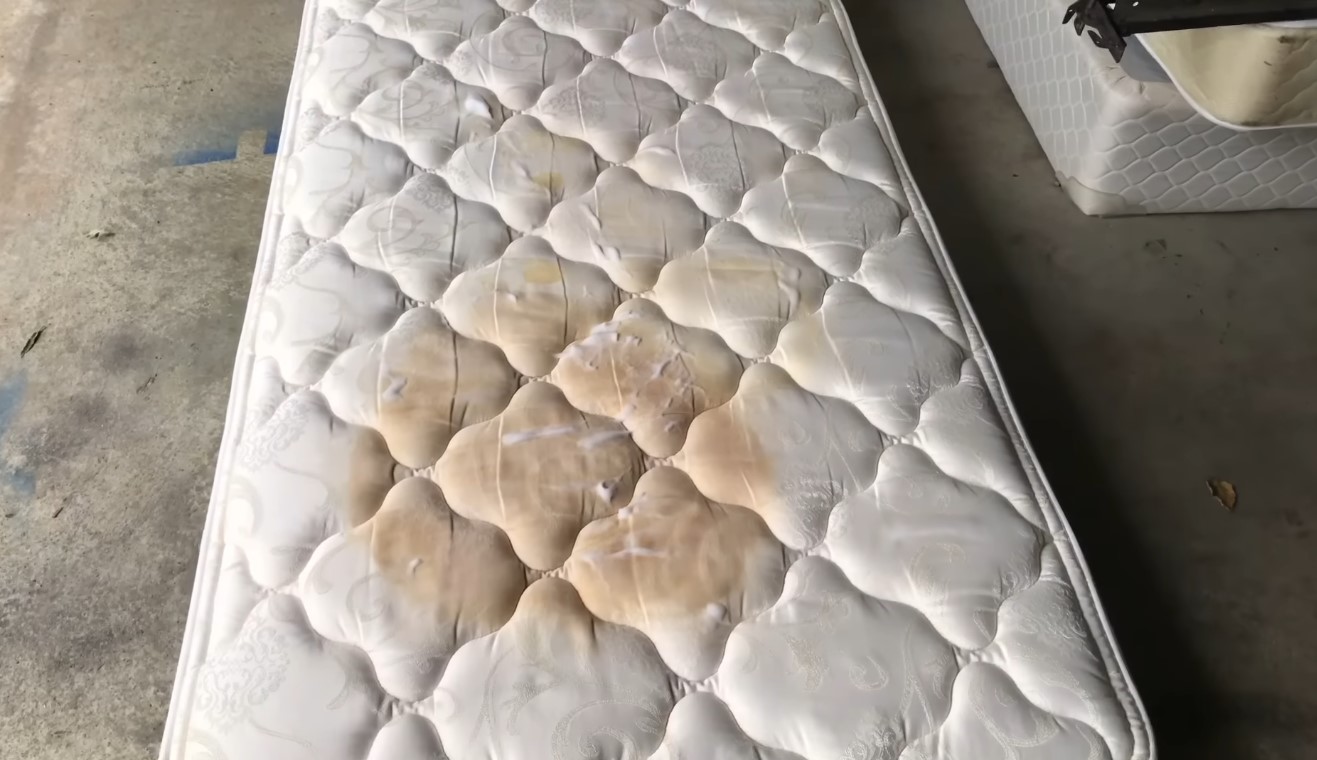
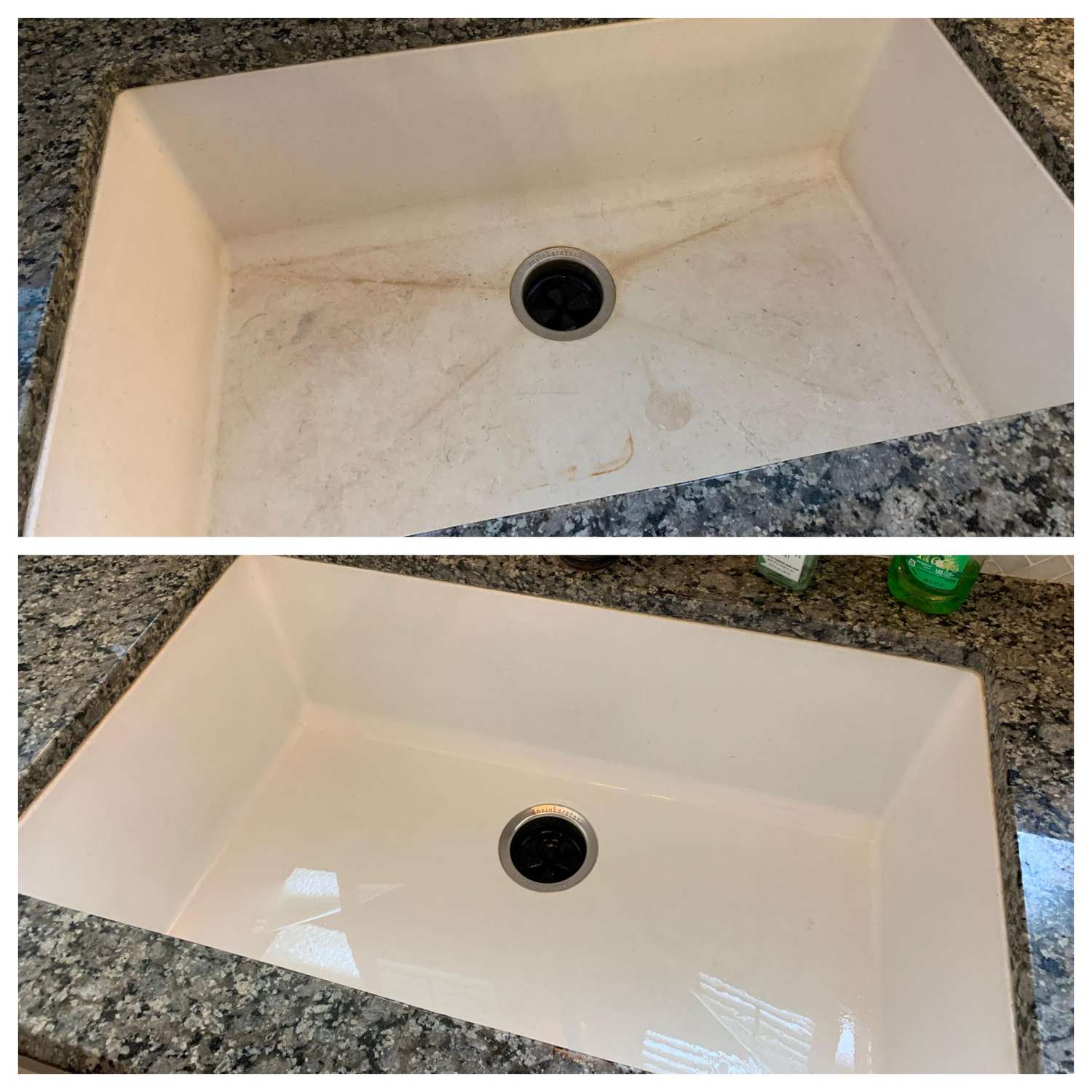
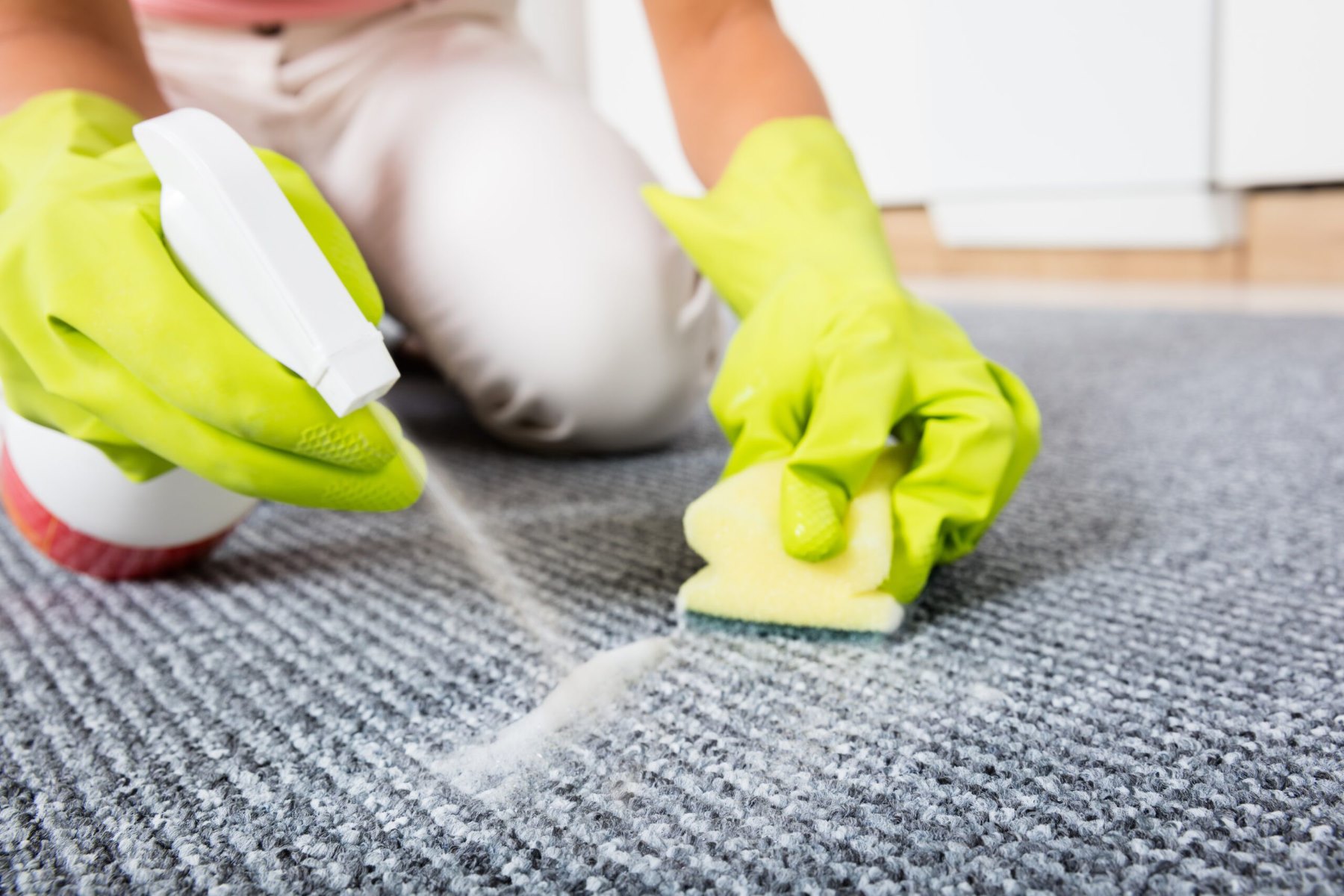

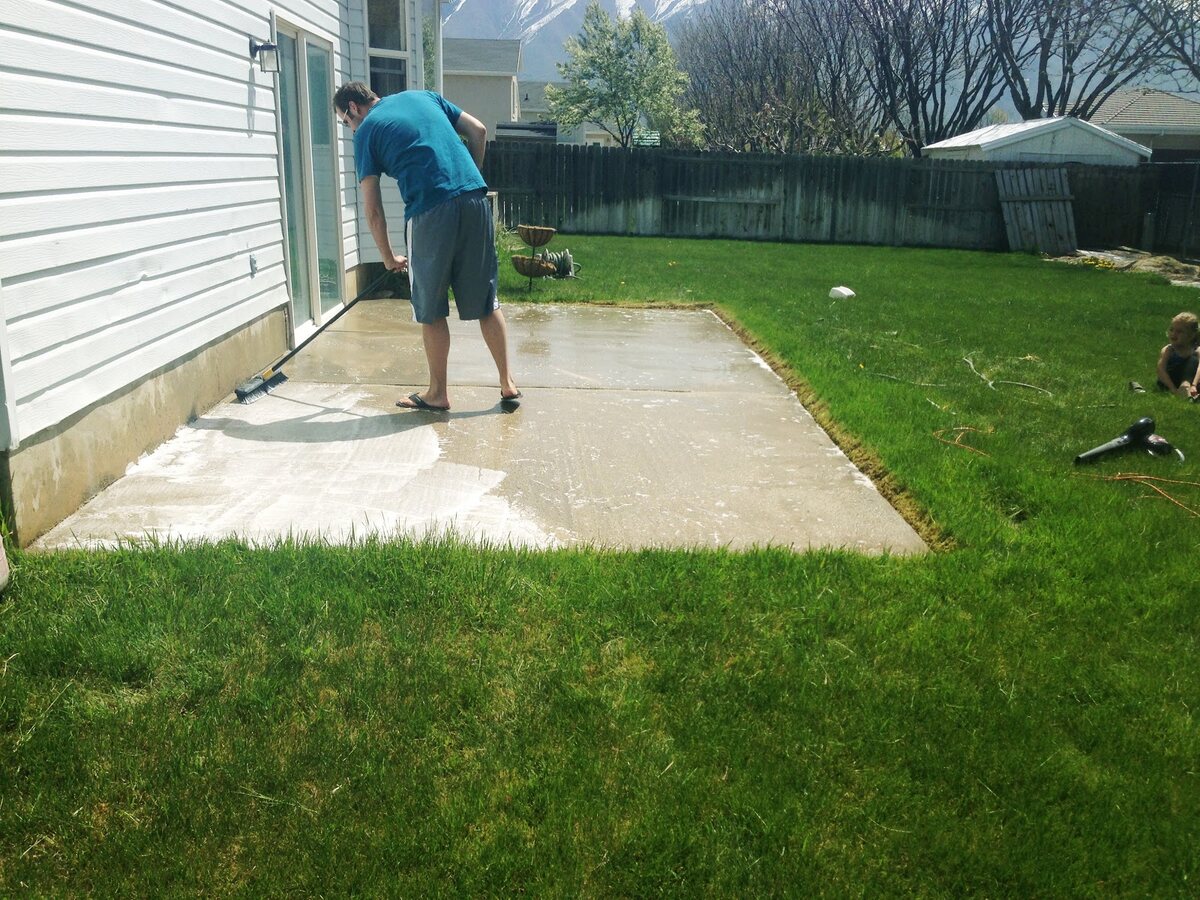
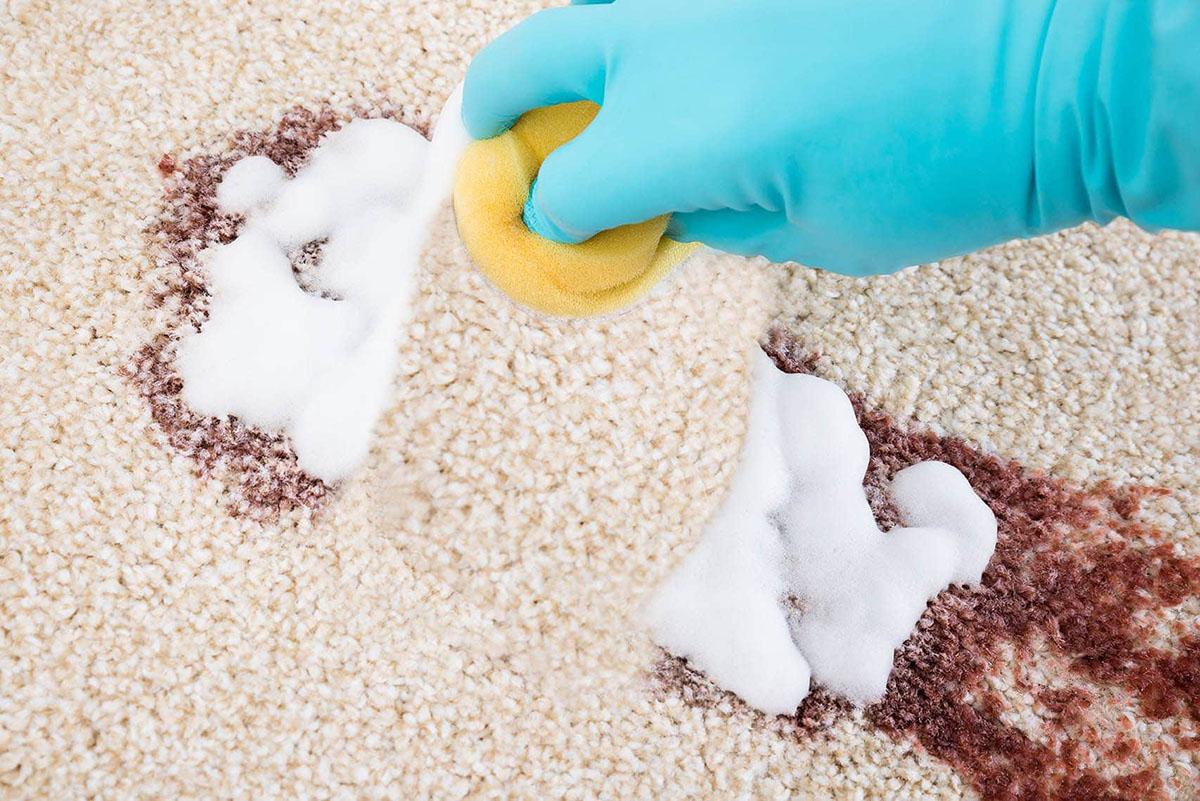
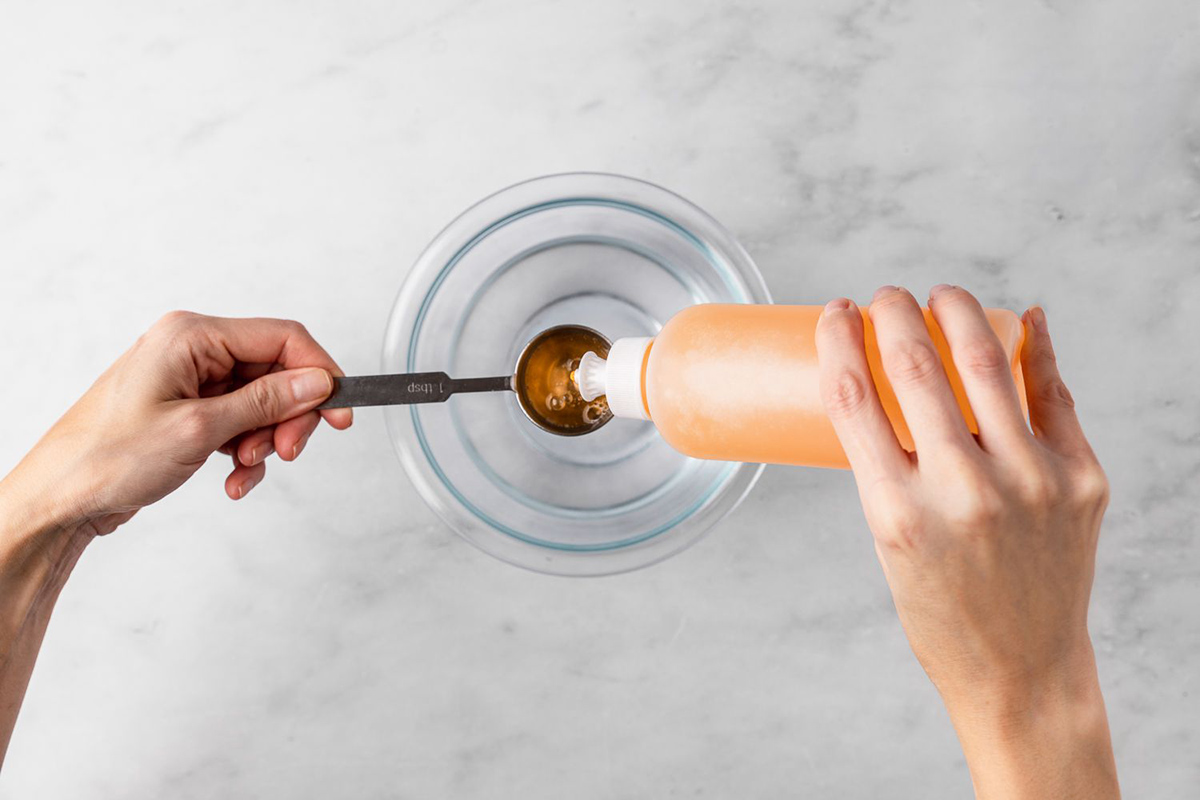
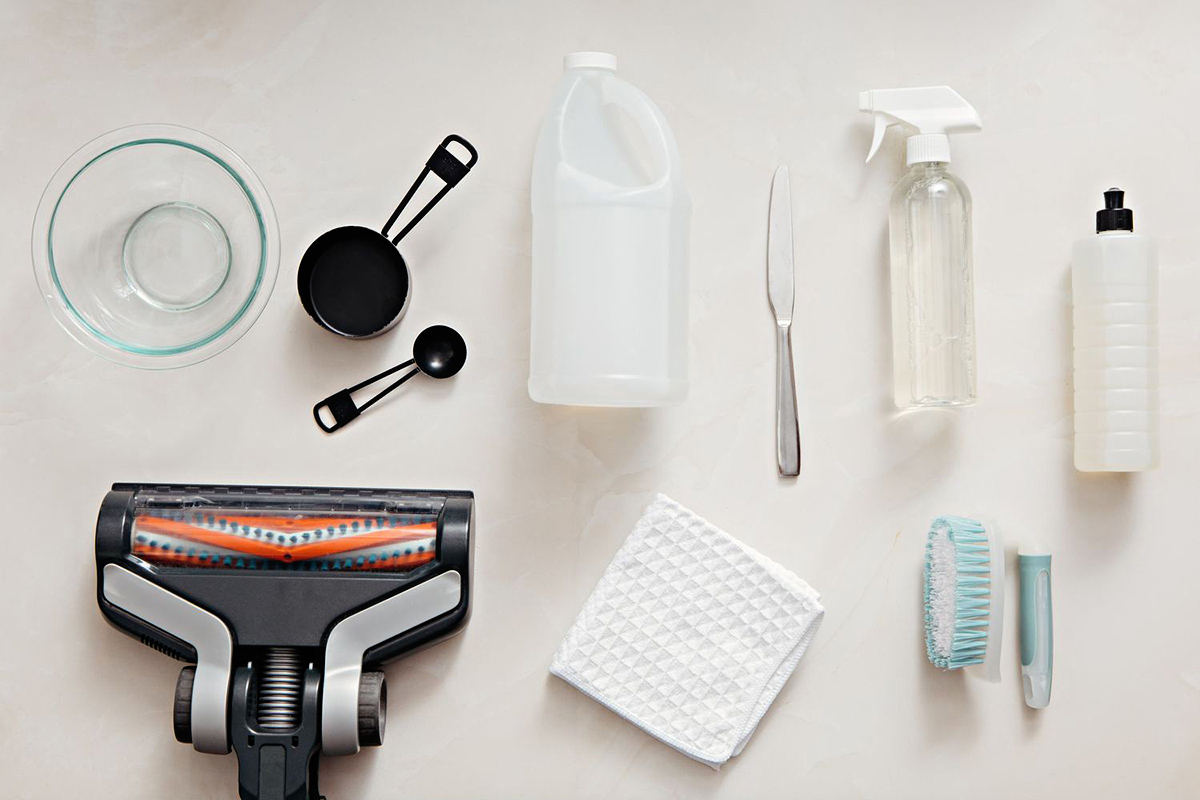
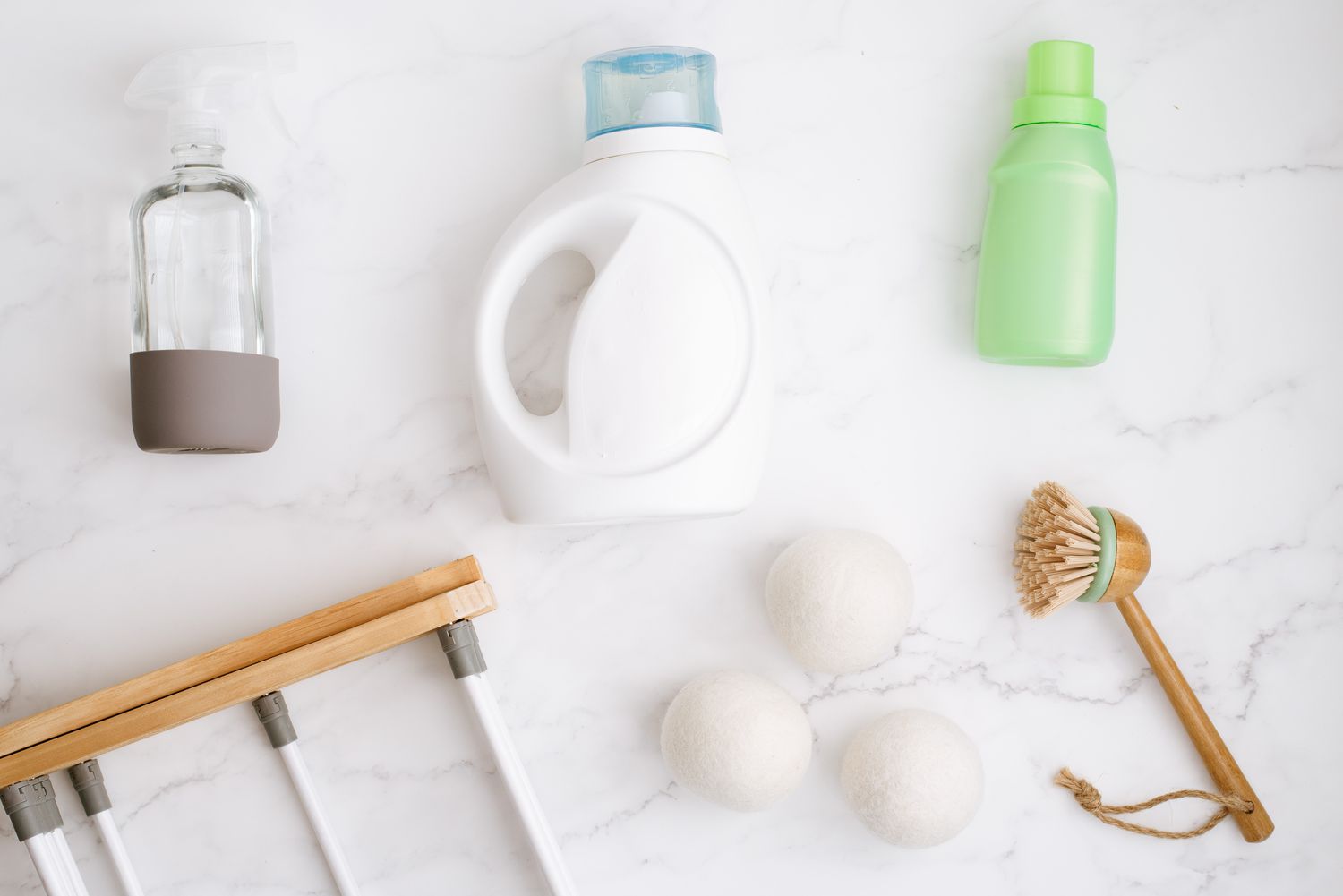

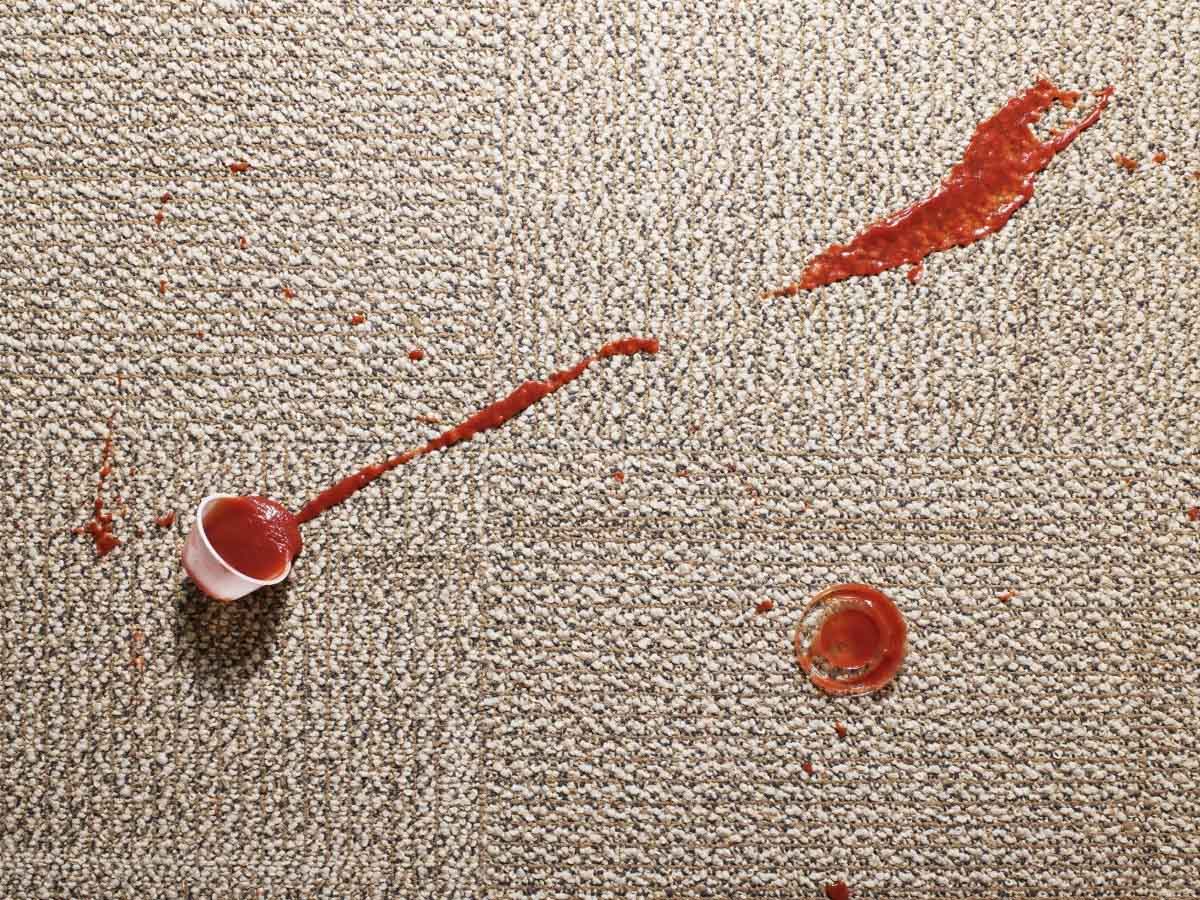
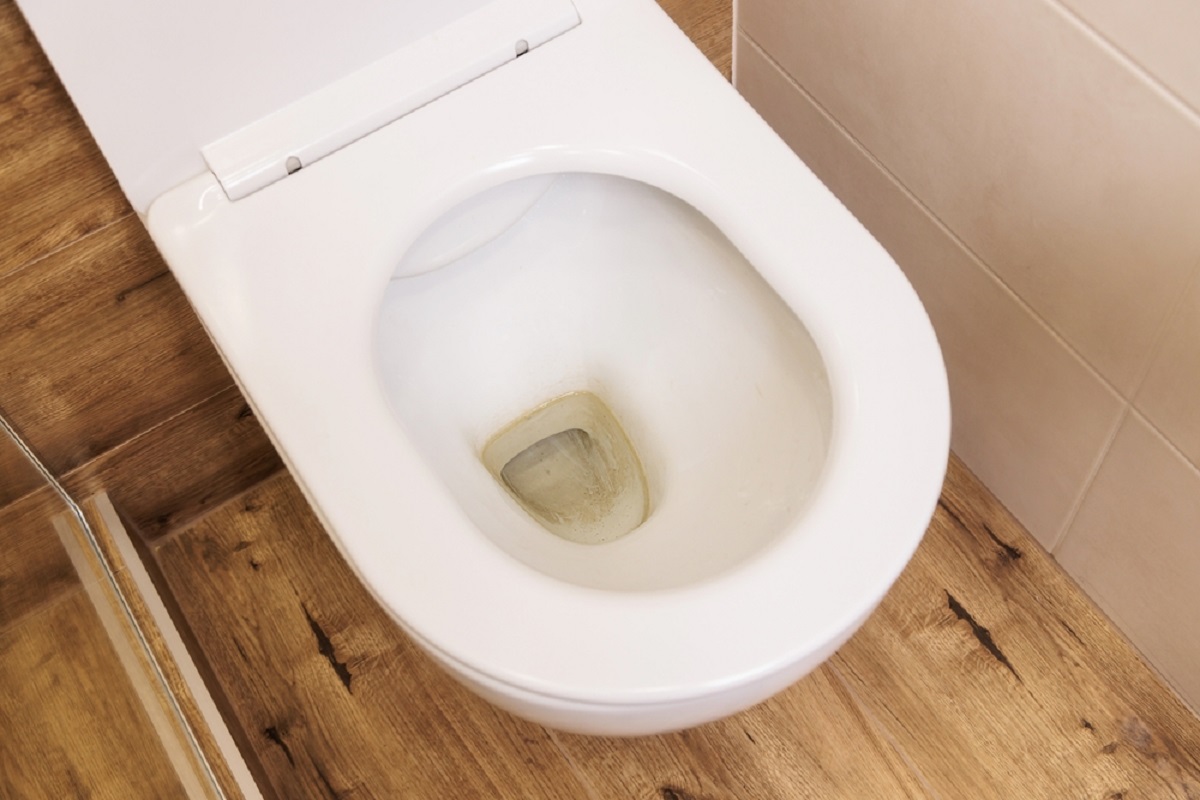

0 thoughts on “How To Get Stains Out Of Concrete Countertops”